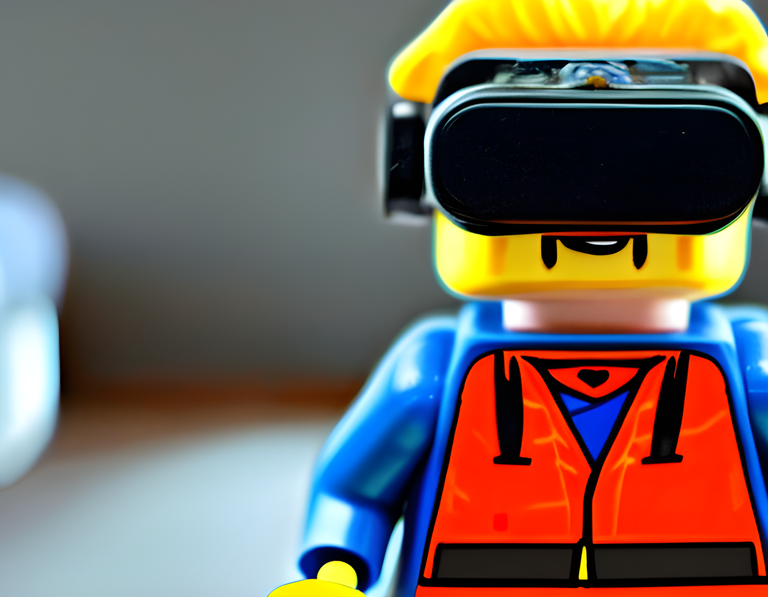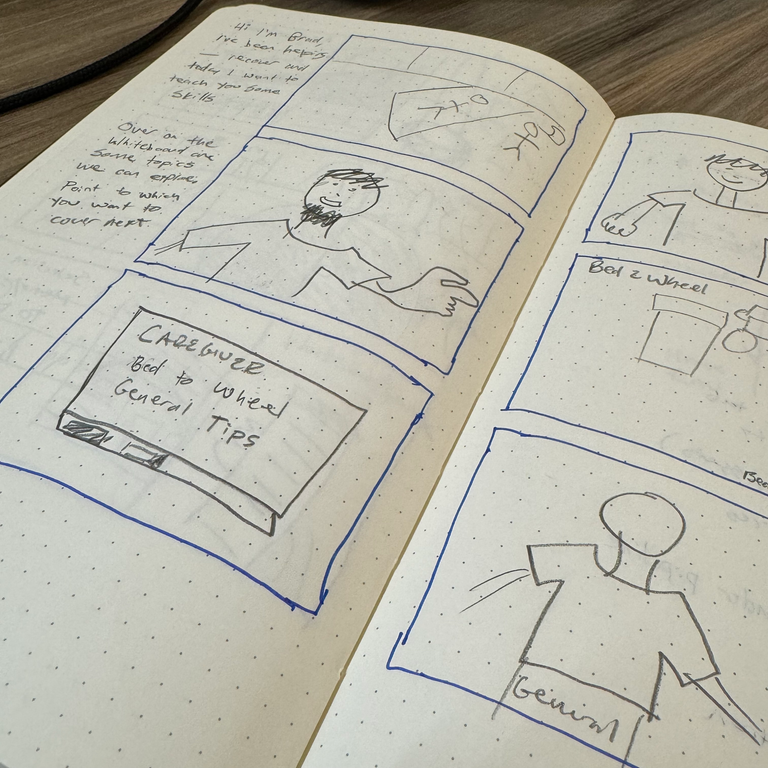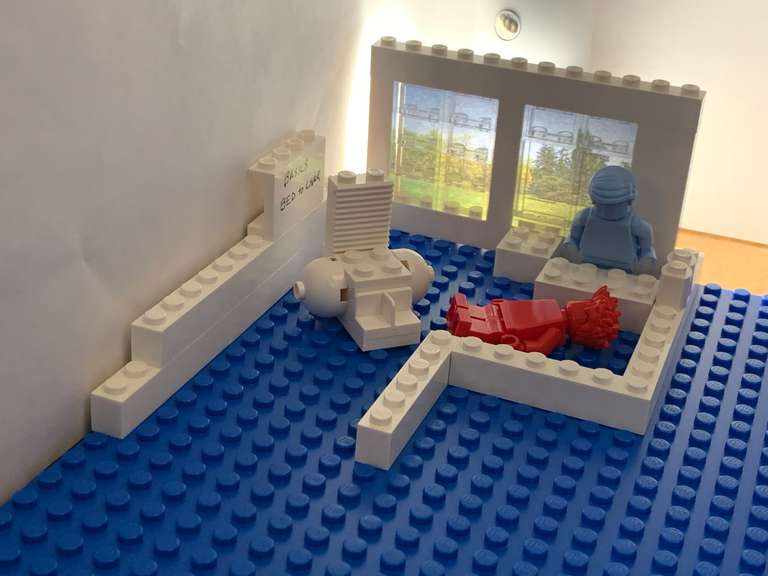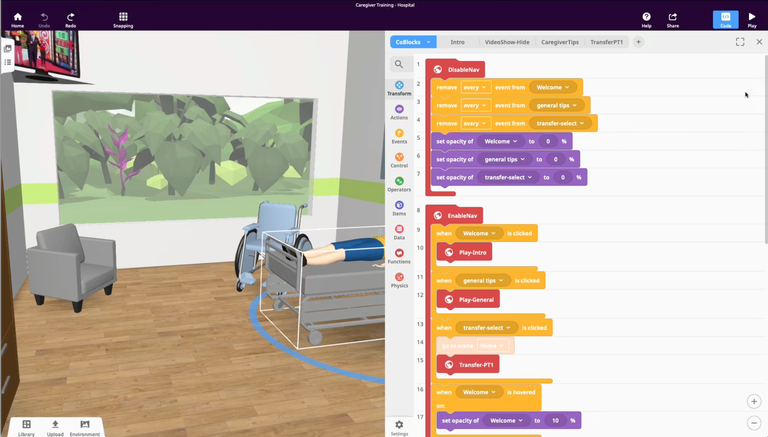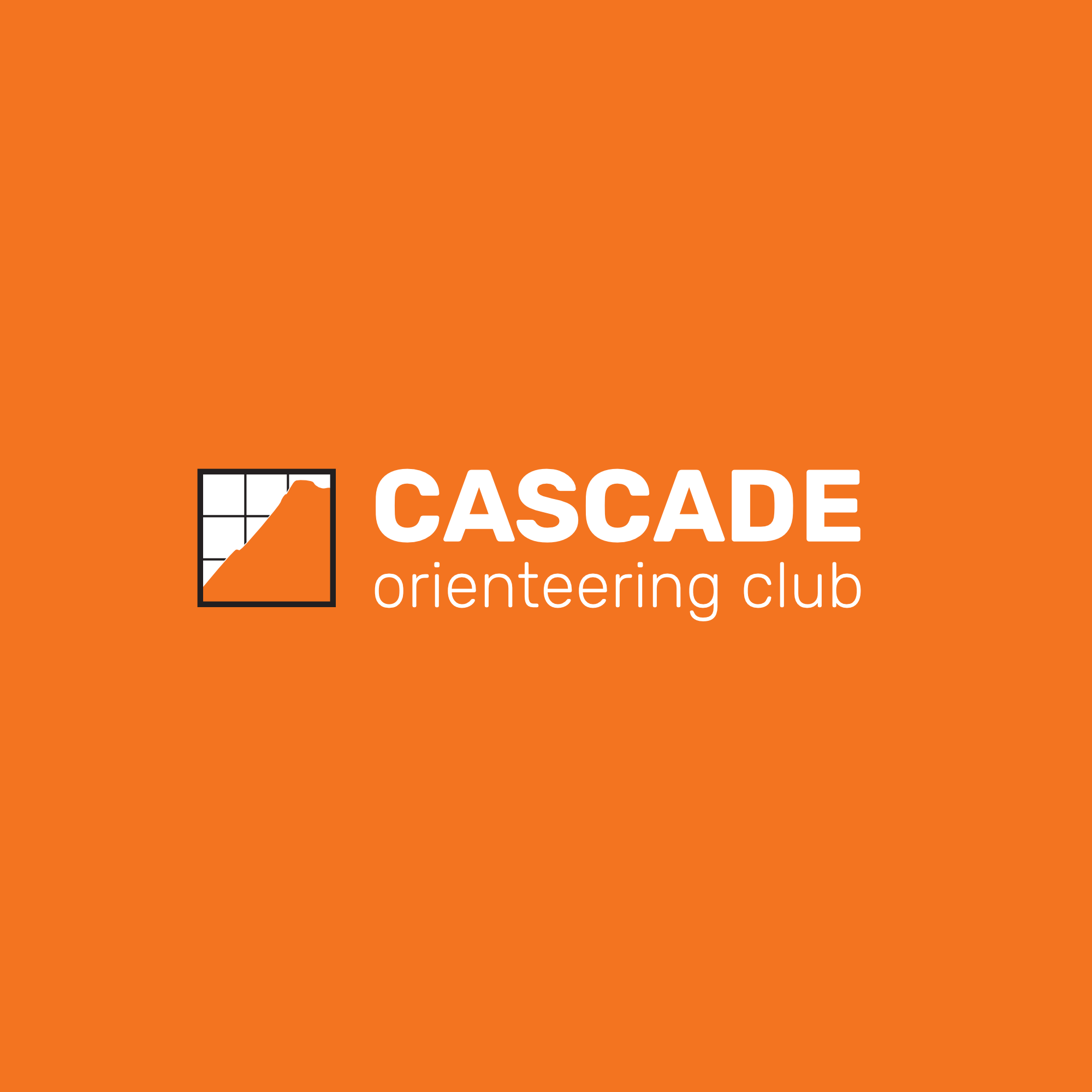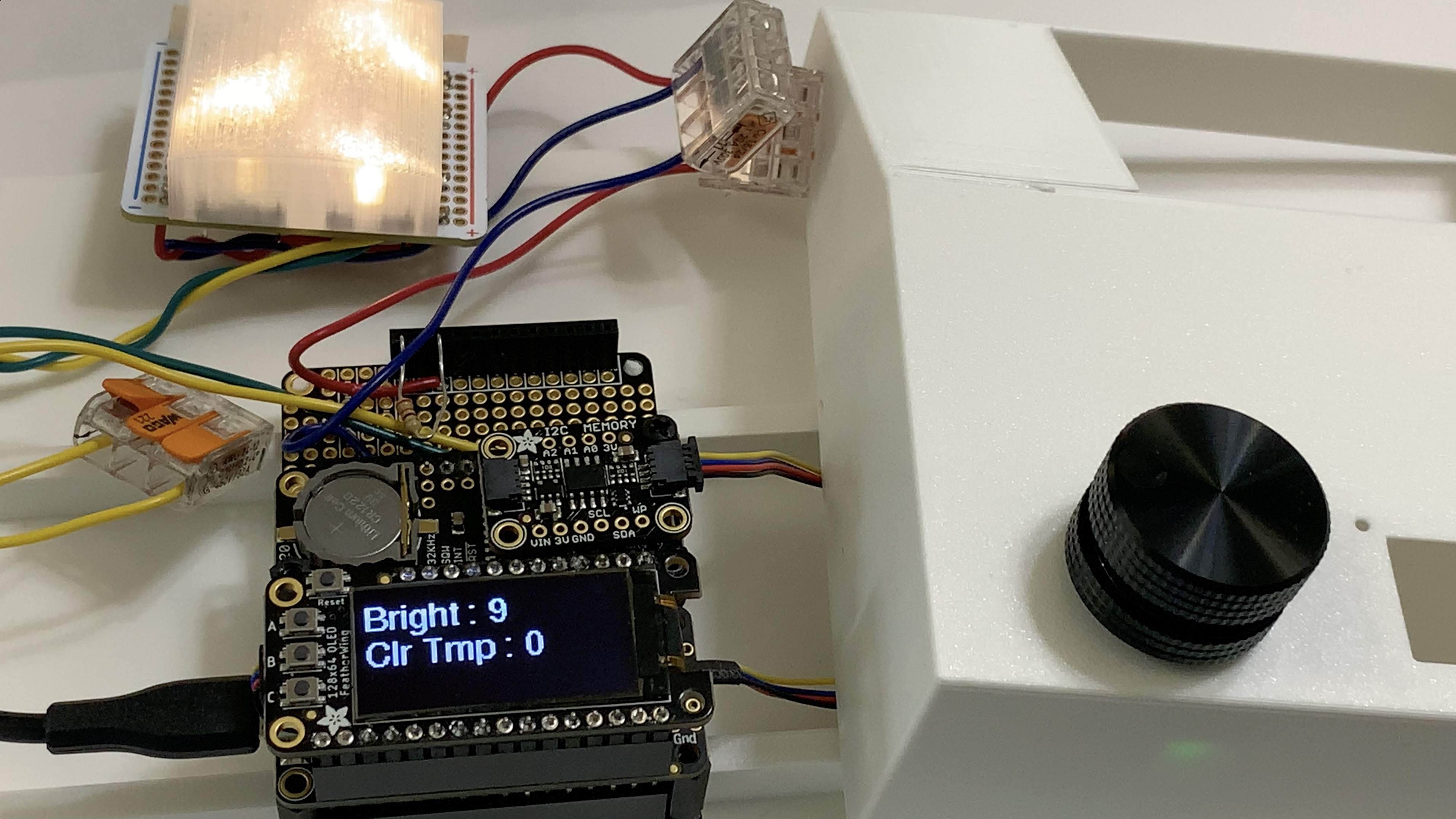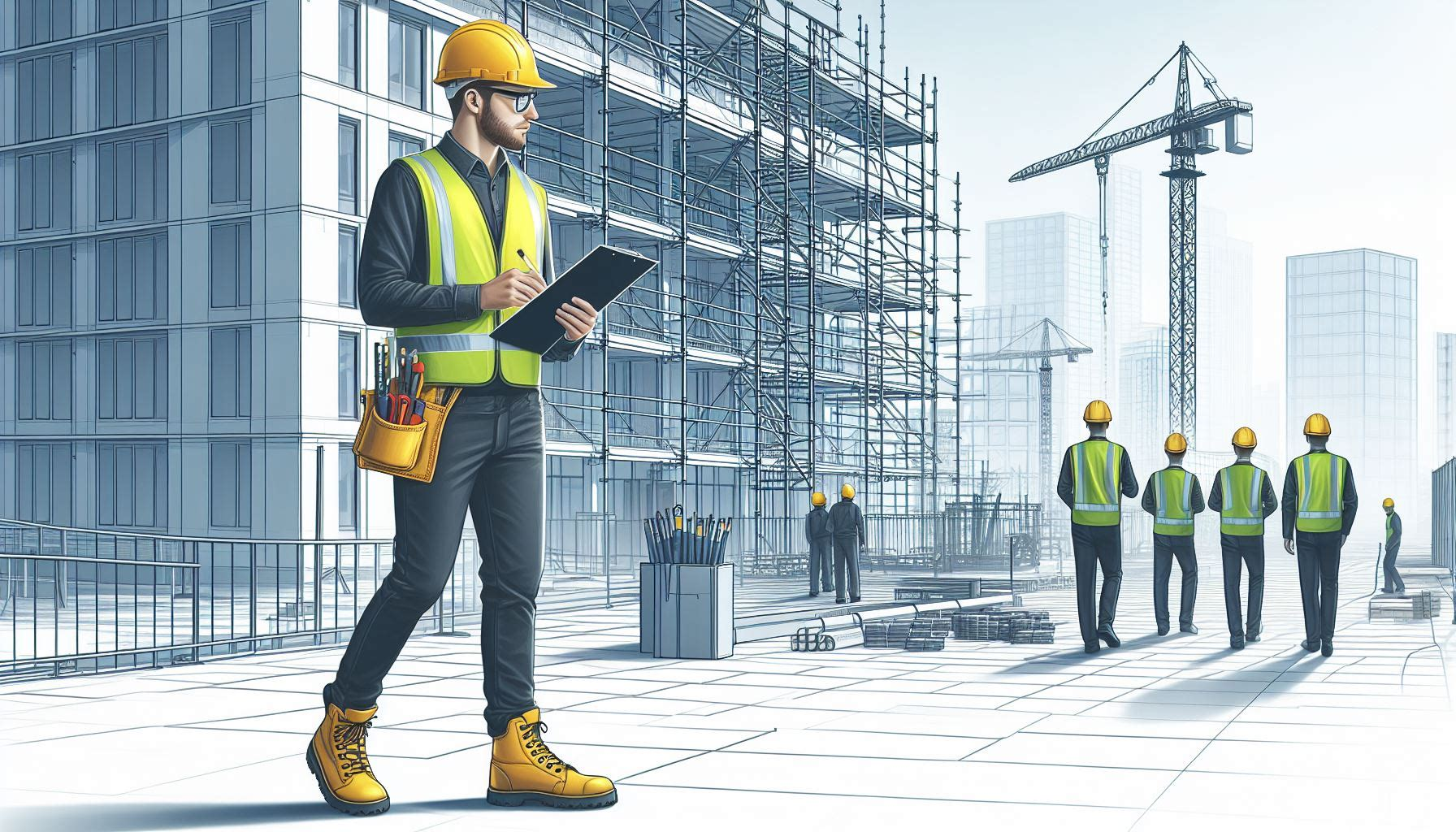Immersive (Design for VR)
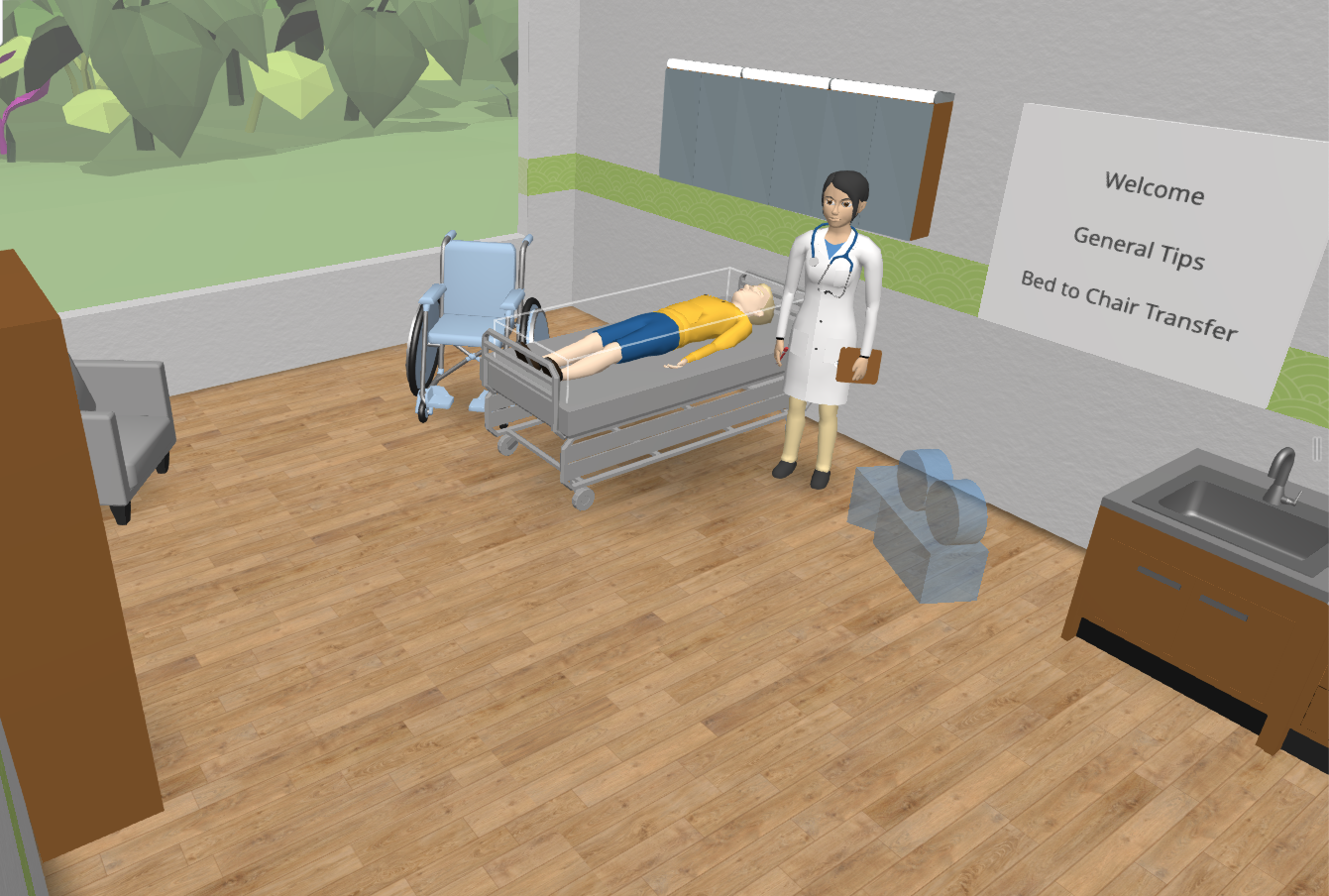
An interactive, VR experience created for a graduate design course.
A self-directed, individual project created as part of my Human Centered Design & Engineering Master's program at University of Washington with the main objective of gaining practical experience designing and prototyping for virtual, augmented, and extended reality.
Included:
- concept research + sketches
- low-fidelity prototype + user testing
- digital, interactive low-code prototype + user testing
- evaluation of outcomes + next steps
bridging digital and physical worlds
Problem Statement
I wanted to create a training experience for a domain that might benefit from the high immersion factor VR offers. I took inspiration from a friend who works with hospital patients undergoing rehabilitation after neurological injuries, including teaching friends and family of the injured how to provide assistance to their loved ones.
I sought to practice VR design by prototyping a virtual reality training experience for amateur caregivers, teaching how to transfer a person from a bed to a wheelchair. My concept was inspired through conversations with a friend working in neurological rehabitational care and with that in mind, I approached this project with two main objectives:
- Show consideration for the unique challenges present in spatial computing.
- Evaluate the advantages, if any, of using VR in this application, compared to other digital alternatives.
Research, Analysis, and Concept Development
Consulting with my subject matter expert, I identified a task appropriate for the demo. Next, I performed background research on that task to support initial development of the idea into a concept. Building on this background research, I called on prior experience in filmmaking to develop storyboards and build a low-fidelity Lego prototype of the space where the VR experience would take place.
prototype. test. learn. repeat.
Ideation, Prototyping, and Testing
I reviewed the storyboards and Lego prototype with my SME to gather feedback on the accuracy of the concept and to collect feedback on any potential changes. The feedback received was very minor and related to the layout of the VR world. With this testing behind me, I was able to move onto creating the playable demo.
| Who is the user? | Caregiver of neurological rehab patient. “Regular person” will be assumed to have no prior experience with VR. User will be taking first-persion view within the VR experience. |
| Interaction goal: | Learn / demonstrate safe bed to wheelchair transfer. |
| Sounds / cues: | Ambient room noise for hospital room — probably similar to office or home environment. Don’t want it to be silent (eerie) but don’t want it to be distracting either. PT instructions will be voiceover. Ambient noises of bed movement / wheelchair clank / patient setting onto wheelchair pad (thud) |
| Elements: | hospital room set, home bedroom set. things seem natural and realistic. soundscape for hospital set and folly effects for home environment. Voiceover for PT. |
| Navigation: | Non/Seated + Teleport (between the two environments) |
Implementation and Results
Using a low-code platform called co-spaces, I quickly built a playable prototype that could be experienced on an Oculus Quest 2 headset. Although co-spaces is a limited platform, I tried to use as many features of the platform as possible to create a unique experience that followed sound VR design principles including:
- Captions that matched voice-over, presented in speech bubbles
- Personalized touches
- Interactivity & logic-based branching
Using the playable prototype, I performed two more rounds of user testing / research - first with my SME to gather medical-specific and teaching-specific feedback, and also with another student in my course for overall usability and experience feedback.
Lessons Learned
1. Align technology capabilities to desired product functions
During the concept phase, I imagined the product as being able to coach the caregiver in proper techniques, similar to the training that could be offered in a in-person demo with a live physical therapist. Unfortunately, at the time of this project, the Quest 2 did not have hand tracking that was of a high enough fidelity to do this in the way I imagined.
Instead of cutting scope from my demo to try and create a technology demonstration of hand tracking, I moved forward with making as much of a demo I could with the available technologies at-hand, and within the timeframe of the course.
2. Low fidelity prototyping can yield valuable information
Once the playable demo was published, I was able to do a remote evaluation session with another student in my class. We adapted other remote usability testing techniques for the VR technology. From this, I obtained clear directions for next steps of the project if it were to continue, including specific VR platform capabilities to develop, discover, or wait for.
In conclusion / next steps
- For this particular use case, VR probably didn't (at time of prototyping) yet offer a compelling differentiator over other virtual training methods, such as pre-recorded videos.
- Designing for AR, VR, and XR experiences requires an understanding a whole suite of technologies and how they interact.
- Look at the desired end experience with an engineering mindset and analyze the platform capabilities against that desired experience.
